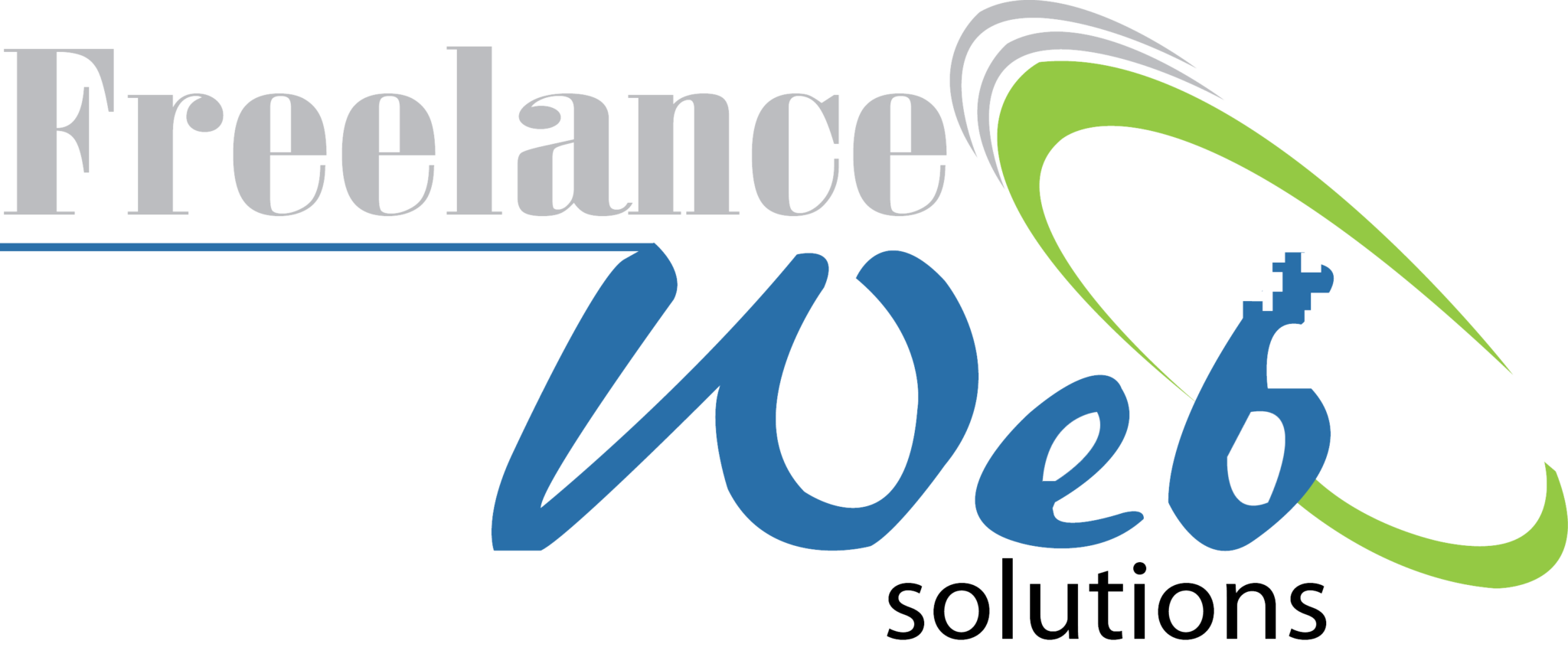Establishing sustainable revenue streams for non-profit organization is essential to advancing its mission. This guide will explore the steps needed to build and maintain a steady income flow through strategic fundraising and diverse revenue sources.
A non-profit organization is an entity that uses its surplus revenue to further its goals, rather than distributing profits to shareholders or owners. These organizations can be structured in various ways, including corporations, trusts, associations, or cooperatives, with the primary aim of serving a public good.
Most non-profits enjoy tax-exempt status, meaning they are not required to pay federal income taxes on their earnings. However, they may still be subject to state, local, and employment taxes. Critically, non-profits must:
The non-profit landscape encompasses diverse sectors, including:
A sustainable revenue stream is a reliable funding source that can support an organization's operations over the long term. While some funding sources like one-time grants provide temporary support, earned income from products or services offers more consistent financial stability.
No single revenue stream typically suffices. Successful non-profits develop a diversified funding approach that provides:
Developing a robust revenue stream requires a multifaceted approach:
Craft a compelling narrative that clearly communicates:
To attract support from NGOs and other potential donors:
Your website serves as a critical marketing and engagement tool. Ensure it:
Effective websites can:
Building a sustainable revenue stream requires strategic planning, diverse funding sources, and intentional relationship management. By developing consistent donations from individual and corporate supporters, non-profits can create a stable financial foundation that empowers them to pursue their mission effectively.
Remember, sustainable funding is not just about securing money—it's about creating lasting partnerships that drive meaningful change.
